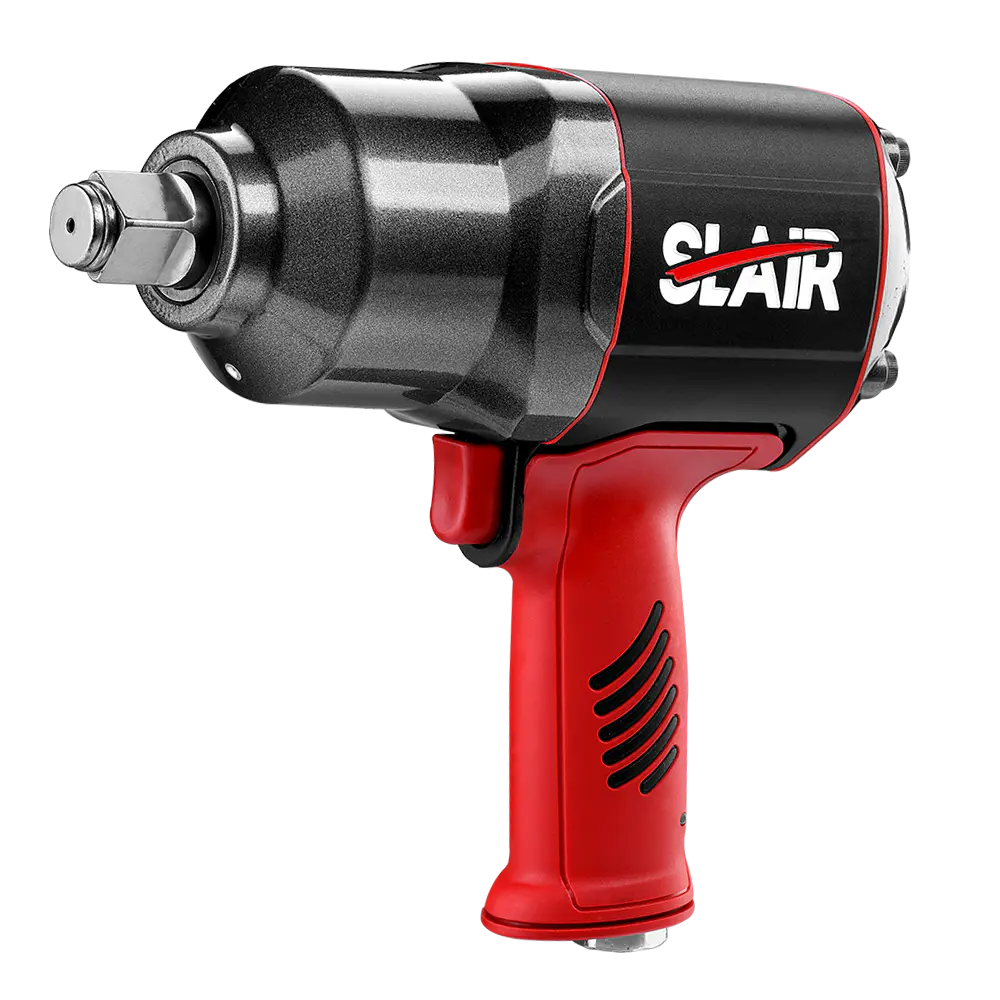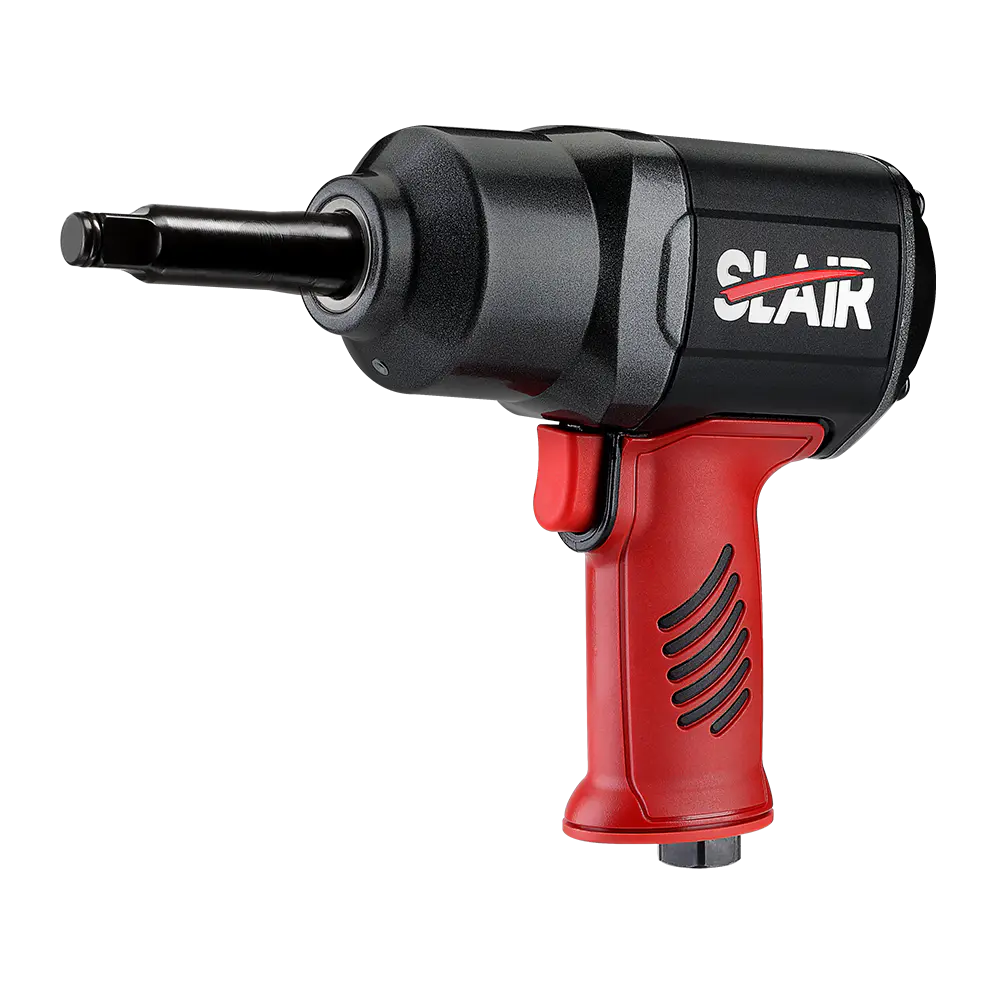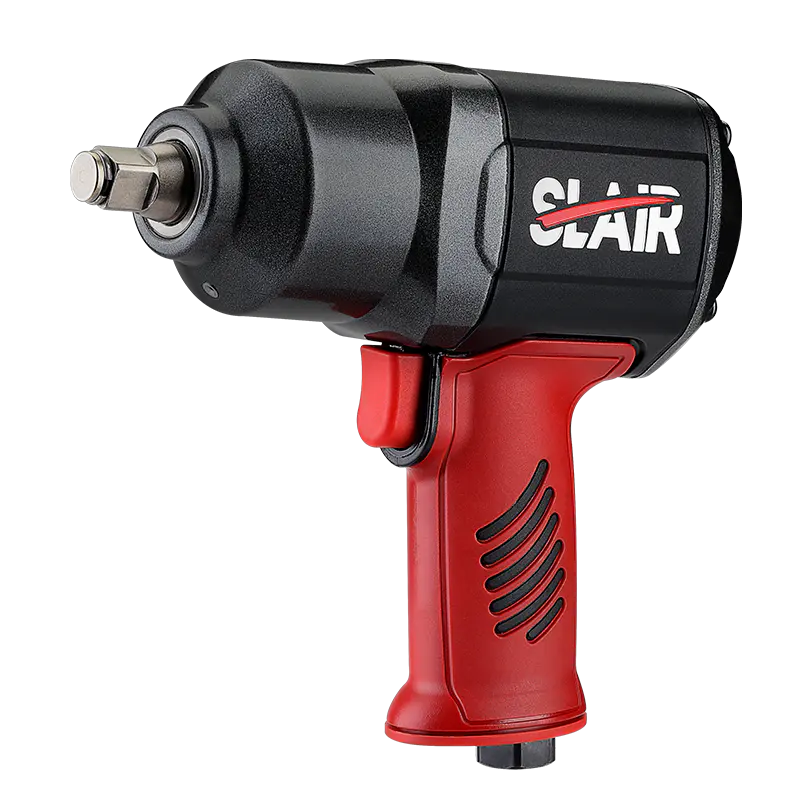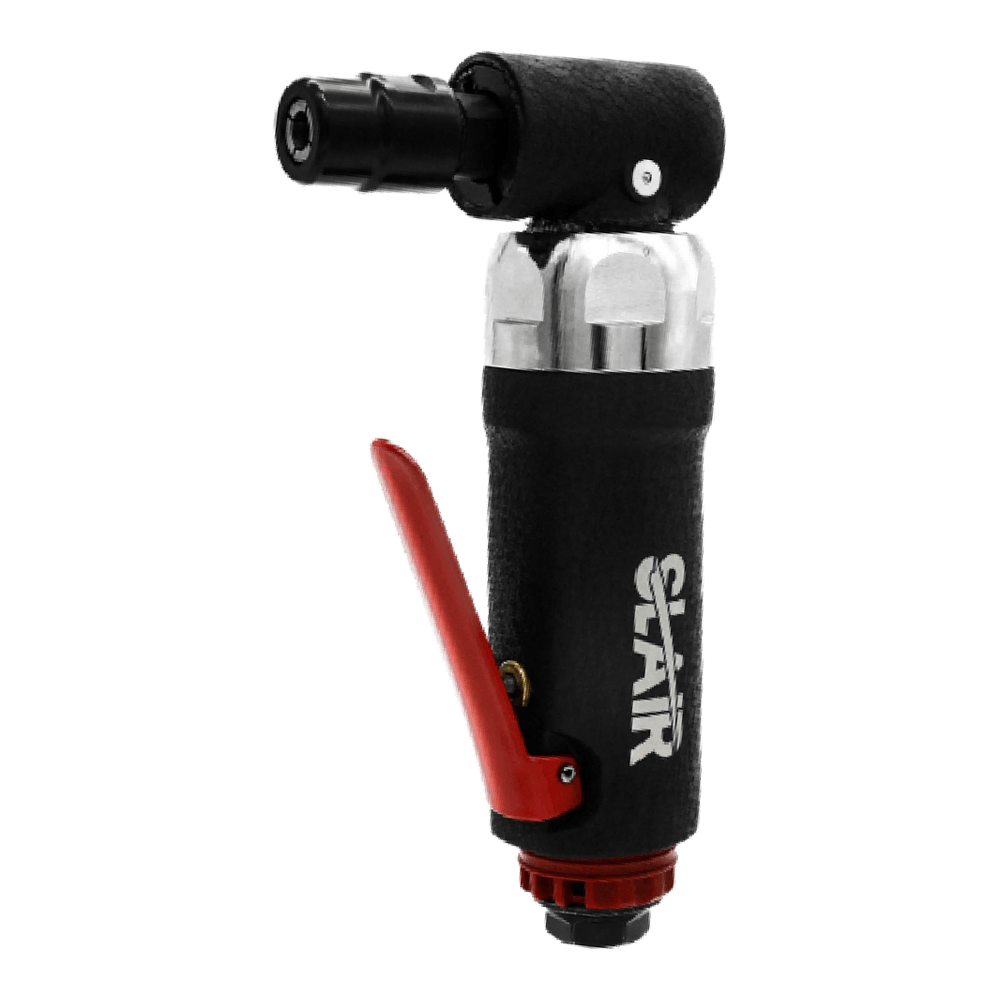An air die grinder operates using pneumatic power, which means it is powered by compressed air supplied through an air hose connected to an air compressor. Pneumatic tools, including air die grinders, offer several advantages over electric or battery-powered tools, making them popular in various industries. Here's how the pneumatic operation of an air die grinder works
1. Air Compressor:
The air compressor is the primary component that generates the compressed air needed to power the
air die grinder. Air compressors come in various sizes and capacities, depending on the requirements of the tools they will supply. The compressor compresses air from the surrounding environment and stores it in a tank for later use.
2. Air Hose:
The compressed air from the air compressor is conveyed to the air die grinder through a flexible air hose. The hose acts as a conduit, allowing the compressed air to reach the tool even when it is some distance away from the air compressor.
3. Air Inlet:
The air die grinder has an air inlet on its body, usually located near the rear end of the tool. The air inlet is where the air hose is connected to the tool.
4. Throttle Lever or Trigger:
The air die grinder is equipped with a throttle lever or a trigger that controls the flow of compressed air to the tool. When the throttle lever is pressed or the trigger is squeezed, it opens the air passage, allowing compressed air to enter the tool's internal chamber.
5. Rotor and Blades:
Inside the air die grinder, there is a rotor that receives the compressed air from the air inlet. The rotor spins at high speed, driven by the force of the incoming air. The rotor's high-speed rotation causes the attached blades (or vanes) to move, creating the grinding or cutting action.
6. Exhaust:
After the compressed air has performed its work inside the tool, it is expelled through an exhaust port, usually located at the rear end of the air die grinder. The exhaust air is directed away from the operator to prevent dust and debris from being blown into their face.





 English
English 中文简体
中文简体 русский
русский Deutsch
Deutsch Português
Português Español
Español
















